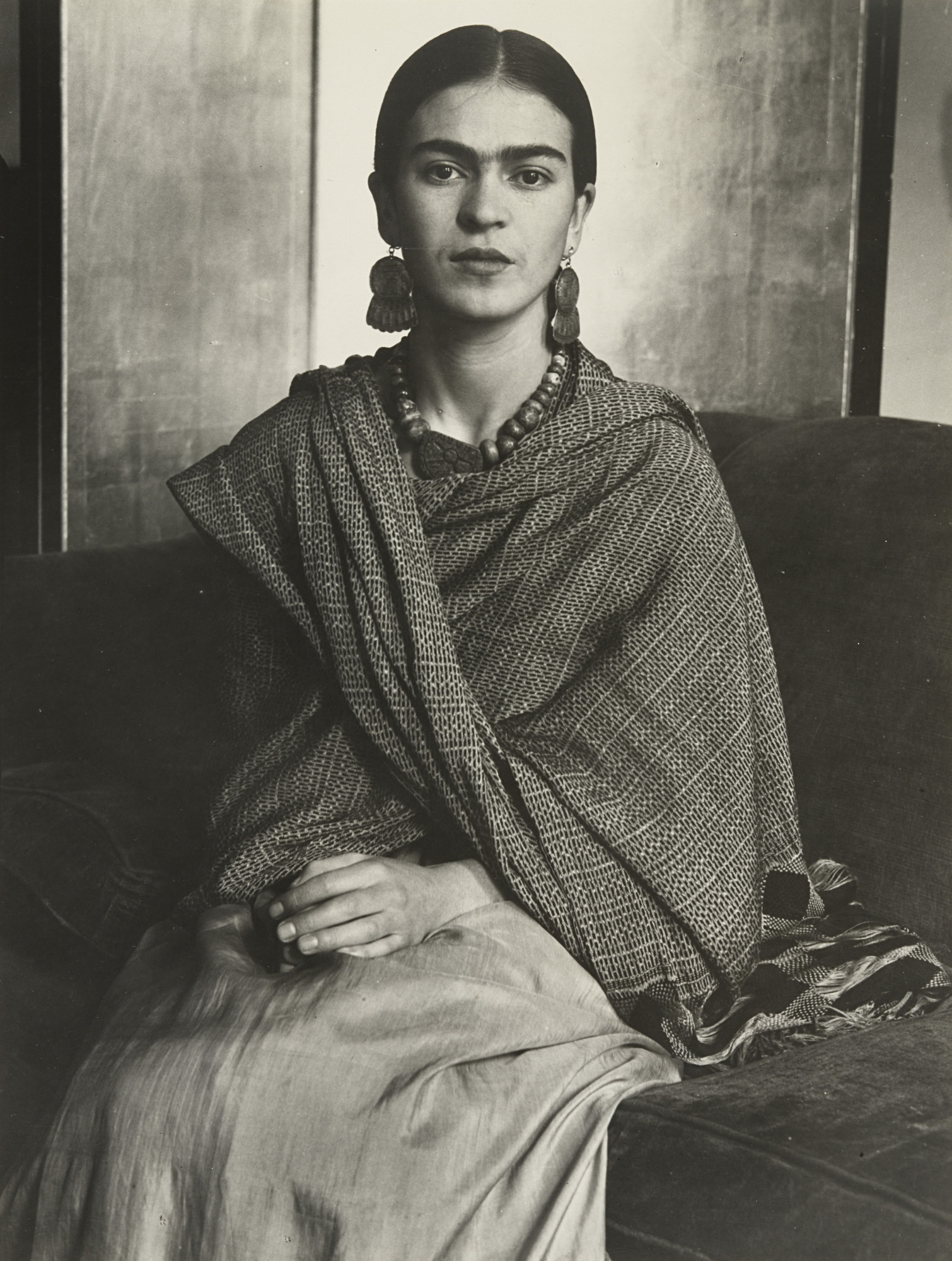Latin America
Related: About this forumHow a Devastating Bus Accident Changed Frida Kahlo's Life and Inspired Her Art
After a bus hit the Mexican artist at age 18, pain and resilience emerged as perennial themes in her work.
ELIZABETH SVOBODA9 HOURS AGO
When Frida Kahlo was 18 years old, she seemed on the verge of claiming the life she’d imagined. The daughter of a German artist father and a Mexican mother, Kahlo had wanted to be a doctor since she was a child. She was pursuing that dream through her studies at the National Preparatory School in Mexico City, about an hour’s drive from her hometown of Coyoacan. Though she was clearly a talented artist, art remained at the periphery of her life.
On September 17, 1925, that all changed. After a day of classes, Kahlo and her friend Alejandro Gomez Arias boarded a bus heading toward Coyoacan. Minutes after they sat down on a wooden bench, the bus turned a corner and slammed into an electric trolley car traveling at full speed. “The streetcar crushed the bus against the street corner,” Kahlo told author Raquel Tibol in Frida Kahlo: An Open Life. “It was a strange crash, not violent but dull and slow, and it injured everyone, me much more seriously.”
After the crash, Kahlo felt the bottom had dropped out of everything she’d known. But as her body healed—a process that took many months—her views of life and art radically transformed. While confined to bed, seeing very few visitors, she began painting more and more. “The loneliness led her to start expressing in a way that she wasn't doing before,” says performer Vanessa Severo, creator of the play Frida… A Self Portrait. “She was telling her story by painting it.”
As Kahlo’s career progressed, themes of pain and recovery emerged at the heart of her work. “She pushed through the pain and didn’t hide it,” Severo says. “She expressed it.”
More:
https://www.history.com/news/frida-kahlo-bus-accident-art


Google images page with many of her paintings and photographs, each connected to more information:
https://tinyurl.com/2p9bk786
bahboo
(16,337 posts)PoindexterOglethorpe
(25,849 posts)are self-portraits. It makes her seem like the most narcissistic person in the world.
Judi Lynn
(160,524 posts)From plaster corsets to prosthetic legs, Frida Kahlo’s possessions reveal the astonishing courage of an artist whose life and work were painfully intertwined
Laura Cumming
@LauraCummingArt
Sun 10 Jun 2018 03.00 EDT
There is a self-portrait by Frida Kahlo that shows the artist’s bare torso split in two to expose a shattered spine, the result of a horrific bus accident at the age of 18. Her body is held together by straps. Tears stream down her cheeks and her poor flesh is everywhere pierced with sharp little nails. It is one of Kahlo’s most famous martyrdoms.
The painting is called The Broken Column, which throws the focus so completely on the spine – depicted as a ruined Ionic column – as to make the straps seem incidental, or perhaps as metaphorical as the architecture. But Kahlo (1907-54) really did live inside such a harness. The object appears in a show of her possessions opening at the Victoria and Albert Museum this week, and it is a horrific contraption of metal spars, cloth restraints and nail-like buckles. Its representation turns out to be the documentary truth.
That the art and the life were even more literally intertwined than anyone knew is the great revelation of Frida Kahlo: Making Her Self Up. Until 2004, the artist’s extravagant and instantly recognisable wardrobe was locked away in the Blue House in Mexico City where she lived and died, along with her jewellery, cosmetics, medicines and some 6,000 personal photographs. The house became a museum, which eventually put some of these objects on display. Now the V&A has somehow coaxed them out of Mexico for the first time, matching objects to drawings, paintings, letters and photographs to produce an intensely intimate portrait of the artist.
The photographs are extraordinary testimony in themselves. You see Kahlo working with her legs in callipers, confined to a wheelchair or even in bed. In one picture, immobilised by yet another botched operation on the spine, she lies horizontal beneath a suspended canvas, somehow continuing to paint.
More:
https://www.theguardian.com/artanddesign/2018/jun/10/frida-kahlo-making-her-self-up-v-and-a-cindy-sherman-spruth-magers-review